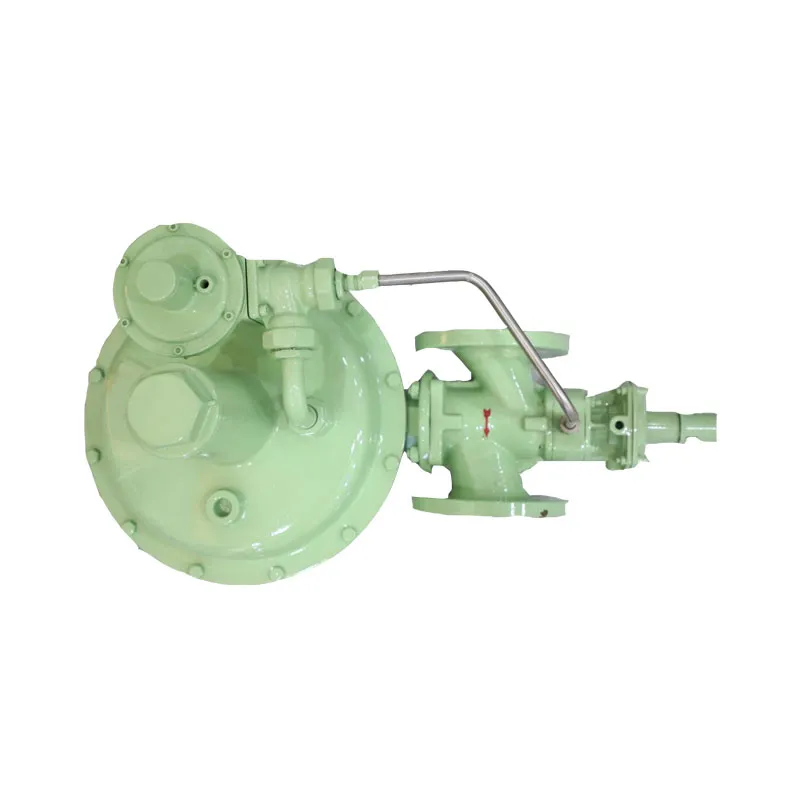
12 月 . 03, 2024 17:12
Back to list
Air Valve Design and Applications for Efficient Fluid Control Systems
Understanding Air Valves An Overview
Air valves play a crucial role in various industries, serving as essential components in fluid control systems. These valves are designed to regulate the flow of air, ensuring proper ventilation, pressure regulation, and system integrity. This article will explore the types, functions, applications, and importance of air valves.
What is an Air Valve?
An air valve is a device that controls the flow of air in a system. It can either allow air to flow or prevent it from doing so, depending on the requirement of the system. Air valves are commonly used in plumbing, HVAC (Heating, Ventilation, and Air Conditioning) systems, and industrial applications, where they help maintain optimal airflow and pressure.
Types of Air Valves
1. Pressure Relief Valves These valves are designed to release excess pressure from a system, protecting it from potential damage. They automatically open when the pressure exceeds a predefined threshold and close once normal pressure is restored.
2. Air Release Valves Used primarily in water pipelines, air release valves allow trapped air to escape, preventing air pockets that can disrupt fluid flow and cause pipe damage.
3. Combination Air Valves These valves combine both pressure relief and air release functionalities. They effectively manage air within a system, ensuring a smooth operation without interruptions.
4. Solenoid Valves These are electrically operated valves that open or close to control air flow. They are commonly used in automated systems, offering precise control for various applications.
5. Manual Valves Operated by hand, these valves allow users to control airflow manually. They are often used in situations where automated control is not necessary.
.
Air valves serve several critical functions in systems that rely on air flow management
صمام هوائي

- Pressure Regulation They help maintain stable pressure levels within systems, which is crucial for optimal performance and safety. - Air Ventilation By allowing air to enter or exit a system, air valves assist in ventilation, which can improve air quality and prevent the buildup of harmful gases.
- Fluid Flow Control In plumbing and irrigation systems, air valves enable the efficient flow of liquids by managing the air pressure within the pipes.
- Preventing Water Hammer Air valves can mitigate water hammer effects, which are caused by sudden changes in fluid flow and pressure. By allowing air to enter or escape, they reduce shockwaves that can damage pipes and equipment.
Applications of Air Valves
Air valves are widely used across various industries
- HVAC Systems In buildings, air valves are essential for maintaining ventilation and regulating the heating or cooling of indoor environments.
- Water Supply Networks In municipal water systems, air release and pressure relief valves help prevent air entrapment and manage pressure fluctuations.
- Industrial Processes Manufacturing facilities use air valves to control air flow in pneumatic systems, ensuring optimal performance in processes like material handling and packaging.
- Automotive Sector Air valves are integral in automotive systems, such as those regulating the intake and exhaust of engines, thereby influencing performance and emissions.
Importance of Air Valves
The significance of air valves cannot be overstated. By effectively regulating air flow and pressure, these valves contribute to system efficiency and longevity. They prevent costly damages that can arise from pressure surges, leaks, or air blockages. Furthermore, their role in maintaining air quality and safety is paramount, particularly in environments where air quality is critical.
In conclusion, air valves are indispensable components that facilitate the smooth operation of various systems. Their diverse types and functions ensure that air flow is managed effectively, contributing to the overall efficiency and safety of industrial, commercial, and residential applications. As industries continue to evolve, the importance of reliable and efficient air valves will only grow, reinforcing their role as cornerstones in modern fluid control systems.
Latest news
-
Unlocking The Quality Gas Pressure ReducersNewsNov.01,2024
-
The Role of Gas Pressure Reducing StationsNewsNov.01,2024
-
The Importance and Functionality of Safety Relief ValvesNewsNov.01,2024
-
The Essential Role of Safety Valves in Natural Gas ApplicationsNewsNov.01,2024
-
The Essential Role of Gas Pressure RegulatorsNewsNov.01,2024
-
Enhance Your Premium Gas FiltersNewsNov.01,2024

